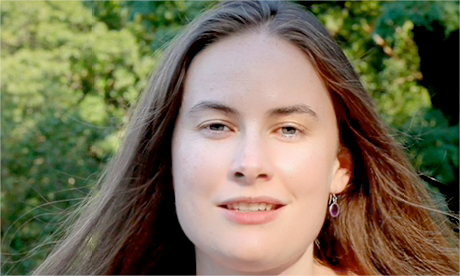Over the weekend, you may have seen a horrifying story: Almost 1,500 migrant children were missing, and feared to be in the hands of human traffickers.
The Trump administration lost track of the children, the story went, after separating them from their parents at the border.
The news spread across liberal social media — with the hashtag #Wherearethechildren trending on Twitter — as people demanded immediate action.
But it wasn’t true, or at least not the way that many thought.
The narrative had combined parts of two real events and wound up with a horror story that was at least partly a myth.
The fact that so many Americans readily believed this myth offers a lesson in how partisan polarization colors people’s views on a gut emotional level without many even realizing it.
As other articles have explained, the missing children and the Trump administration’s separation of families who are apprehended at the border are two different matters.
The Trump administration does in fact have a new policy of prosecuting all undocumented border crossers, which involves separating parents from their children.
But the 1,475 children whom the Department of Health and Human Services recently reported it cannot locate are not among those taken from their parents.
These “missing” children had actually come to the United States without their parents, been picked up by the Border Patrol and then released to the custody of a parent or guardian.
Many probably are not really missing.
The figure represents the number of children whose households didn’t answer the phone when the Department of Health and Human Services called to check on them.
The unanswered phone calls may warrant further welfare checks, but are not themselves a sign that something nefarious has happened.
Obama too
The Obama administration also detained immigrant families and children, as did other recent administrations.
“I voted numerous times when I was a senator to spend money to build a barrier to try to prevent illegal immigrants from coming in,” … “and I do think that you have to control your borders.” – Hillary Clinton November 2015 town hall in New Hampshire.
This past weekend, some social media users circulated a photo they said showed children detained as a result of President Trump’s policies, but the image was actually from 2014.
Some waved off this seeming contradiction, saying Mr Trump’s other harsh immigration policies put his administration’s actions in a different context.
And it is true that even when using similar tactics, President Trump and President Obama have expressed very different attitudes toward immigration and espoused different goals.
Those arguments underscore the degree to which this controversy is animated as much by attitudes toward the president and the way he has made immigration a focus of partisan conflict as by specific policy preferences.
Decades of compromise
Deadlock over immigration has meant that, for decades, politicians have turned to the same compromise: greater enforcement of immigration laws in exchange for more liberal policies.
The Reagan administration’s amnesty for millions of undocumented immigrants, for instance, also increased security along the Mexican border and made it harder for undocumented immigrants to work.
The Obama administration sharply increased deportations in his first term in the hope of building a case for comprehensive immigration reform. (That move did not pay off.)
Detained immigrant children have frequently been caught up in the enforcement side of that bargain.
U.S. Immigration and Customs Enforcement and the Immigration and Naturalization Service before it have argued that immigration detention is an essential part of enforcement and deterrence, and have vigorously pursued detention of families and children throughout multiple presidential administrations.
Immigrants’ rights activists have brought a series of lawsuits that challenged and ultimately overturned many detention efforts.
But those efforts did not reach the level of national scandal that the Trump administration’s policies have now.
So what has changed? Rising partisan polarization. Continue reading
